发泡陶瓷的制备与性能研究毕业论文
2021-11-25 23:23:52
论文总字数:33531字
摘 要
黄姜废渣由于酸度高且难以降解对土壤环境造成了严重的污染,其利用处理问题已成为黄姜皂素产业亟需解决的难题。本文以黄姜废渣为主要坯料,通过不断调整制备工艺,优化坯料组分,最终制备出综合性能优异的发泡陶瓷,对于解决黄姜废渣处理问题提供了一种新颖有效的解决方法。
首先,根据设计的坯料组分,研究了烧成制度、成型压力、发泡剂掺量、原料粒度对黄姜废渣发泡陶瓷表观密度和抗压强度的影响规律,并以此确定出最优制备工艺条件。研究结果表明,升温速率、烧成温度、成型压力、发泡剂掺量和坯料粒径对黄姜废渣发泡陶瓷宏观性能有着显著的影响,而发泡剂粒径影响效果相对很小。黄姜废渣发泡陶瓷最优制备工艺参数为:加热速率5 °C/min,烧成温度1130 °C,成型压力1 MPa,碳化硅掺量0.5%,坯料粒径小于45 μm。
其次,在最优制备工艺条件下,研究了坯料中麻城石粉掺量对黄姜废渣发泡陶瓷表观密度、抗压强度、吸水率和导热系数等宏观性能的影响规律,并通过CT、XRD等测试方法对其微观组成结构进行了表征分析。研究结果表明,麻城石粉掺量对坯体宏观性能有着显著影响,主要与其微观组成结构的变化有关。随着麻城石粉掺量增加,坯体玻璃相含量先增加后减少,孔隙率逐渐降低,孔径分布逐渐变窄。对黄姜废渣发泡陶瓷的性能综合分析,得到麻城石粉掺量在40%时综合性能最优。
最后,总结了碳化硅在陶瓷坯料中发泡的反应机理,并通过综合热分析探讨了黄姜废渣发泡陶瓷坯料中有机物燃烧造孔的机理和优势。根据碳化硅发泡机理和有机物造孔的机理,总结得到黄姜废渣发泡陶瓷的制备机理。
关键词:黄姜废渣;麻城石粉;发泡陶瓷;保温材料;孔结构;
Abstract
The turmeric residue has high acidity and is difficult to degrade, which has caused serious pollution to the soil environment. The problem of its utilization and treatment has become an urgent problem to be solved in the turmeric saponin industry. This article takes turmeric waste as the main billet, continuously adjusts the preparation process, optimizes the composition of the billet, and finally prepares a foamed ceramic with excellent comprehensive performance, which provides a novel and effective solution to the problem of turmeric waste treatment.
First, based on the designed blank composition, the effect of firing system, molding pressure, foaming agent dosage, and raw material particle size on the apparent density and compressive strength of the turmeric foam of turmeric slag was studied, and the optimum was determined Preparation process conditions. The research results show that the heating rate, firing temperature, molding pressure, foaming agent content and billet size have a significant effect on the macroscopic properties of the ginger waste slag foamed ceramics, while the effect of the foaming agent particle size is relatively small. The optimal preparation process parameters of turmeric waste ceramic foam are: heating rate 5 °C/min, firing temperature 1130 °C, molding pressure 1 MPa, silicon carbide content 0.5%, billet size less than 45 μm.
Secondly, under the optimal preparation process conditions, the effect of the amount of Macheng stone powder on the apparent density, compressive strength, water absorption rate and thermal conductivity of the foamed ceramics of turmeric slag was studied, and CT, XRD, etc. were adopted. The test method characterizes and analyzes its microstructure. The research results show that the amount of Macheng stone powder has a significant effect on the macroscopic properties of the green body, which is mainly related to the changes in the microstructure and structure. As the amount of Macheng stone powder increases, the glass content of the green body increases first and then decreases, the porosity gradually decreases, and the pore size distribution gradually narrows. The comprehensive analysis of the properties of the foaming ceramics from the waste of turmeric ginger shows that the comprehensive performance is the best when the amount of Macheng stone powder is 40%.
Finally, the reaction mechanism of silicon carbide foaming in ceramic blanks is summarized, and the mechanism and advantages of using ginger waste slag foamed ceramic blanks to make pores using organic matter are discussed through comprehensive thermal analysis. According to the foaming mechanism of silicon carbide and the mechanism of pore formation of organic matter, the preparation mechanism of foaming ceramics from turmeric waste residue is summarized.
Key Words:turmeric residue;granite scraps;ceramic foam;insulation material;pore structure;
目 录
第1章 绪论 1
1.1 课题研究背景及意义 1
1.2 主要原料利用现状 2
1.2.1 黄姜废渣资源化利用现状 2
1.2.2 麻城石粉资源化利用现状 3
1.3 新型建筑墙体材料及节能保温技术的研究与进展 3
1.4 发泡陶瓷的研究与应用 4
1.5 课题研究方案 4
1.5.1 课题目标 4
1.5.2 技术方案 5
第2章 原材料与实验方法 7
2.1 实验原材料 7
2.1.1 黄姜废渣 7
2.1.2 麻城石粉 8
2.1.3 发泡剂 10
2.2 发泡陶瓷化学组分的确定 10
2.3 发泡陶瓷烧结工艺的确定 12
2.3.1 成型压力 12
2.3.2 烧成制度 12
2.4 发泡陶瓷的性能表征 12
2.4.1 宏观测试 12
2.4.2 微观表征 13
第3章 发泡陶瓷制备工艺的研究及确定 15
3.1 烧成制度对发泡陶瓷性能的影响 15
3.1.1 升温速率 15
3.1.2 烧成温度 15
3.2 成型压力对发泡陶瓷性能的影响 17
3.3 发泡剂掺量对发泡陶瓷性能的影响 17
3.3.1 表观密度 17
3.3.2 抗压强度 18
3.4原料粒度对发泡陶瓷性能的影响 19
3.4.1 坯料粒径 19
3.4.2 发泡剂粒径 20
3.5 小结 21
第4章 麻城石粉掺量对发泡陶瓷制备及性能的影响 22
4.1 宏观性能 22
4.1.1 表观密度和抗压强度 22
4.1.2 吸水率 23
4.1.3 导热系数 23
4.2 微观表征 24
4.2.1孔结构分析 24
4.2.2物相组成 26
4.3制备机理 28
4.3.1碳化硅发泡机理 28
4.3.2有机物造孔机理 28
4.3.3烧结制备机理 29
4.4 小结 30
第5章 结论 32
参考文献 33
致 谢 38
附录 39
附录1 39
附录2 40
第1章 绪论
1.1 课题研究背景及意义
近年来,伴随着科研工作者们对新型医药资源的不断发掘与深入研究,众多天然药物被发现和使用,人们的生活健康指数也随之逐步提高,而在医学技术进步的同时,人们的医药资源需求也逐步增加,因此更多的天然药物亟需开发生产以此应用到需要的医疗行业中[1]。甾体激素类药物因疗效显著而广泛运用于临床使用,对于某些疾病有着非常可观的治疗效果,包括皮肤病、癌症、心血管病等诸多疑难杂症[2]。甾体激素是一种结构复杂的生理活性物质,近年来随着各种医学和化学技术手段的进步,采用皂素作为原料合成的甾体激素类药物被广泛应用,在全球范围内目前已生产的甾体药物不少于400种,其中甾体激素类药物最多[3]-[4]。
黄姜皂素具有十分珍贵的医学价值,在相关行业拥有着“药用黄金”与“激素之母”的美称[5]。黄姜皂素作为生产甾体激素类药物的主要原料之一,不仅医学价值高,而且用途也十分广泛,可以广泛合成性激素、孕激素以及肾上腺类皮质激素等药物[6]-[7]。黄姜皂素是一种从皂素含量最高的薯蓣属植物黄姜中提取的宝贵药材。黄姜作为提取黄姜皂素的主要原材料,全球主要由我国和墨西哥种植生产提供,两国黄姜皂素总产量占全球总量65%以上[8]。我国是黄姜皂素产业大国,生产加工主要集中分布在湖北和陕西两省,由于甾体激素类药物在全球范围内需求量大,我国作为黄姜皂素主要生产输出国,有着非常广阔的市场空间[9]。
请支付后下载全文,论文总字数:33531字
相关图片展示:
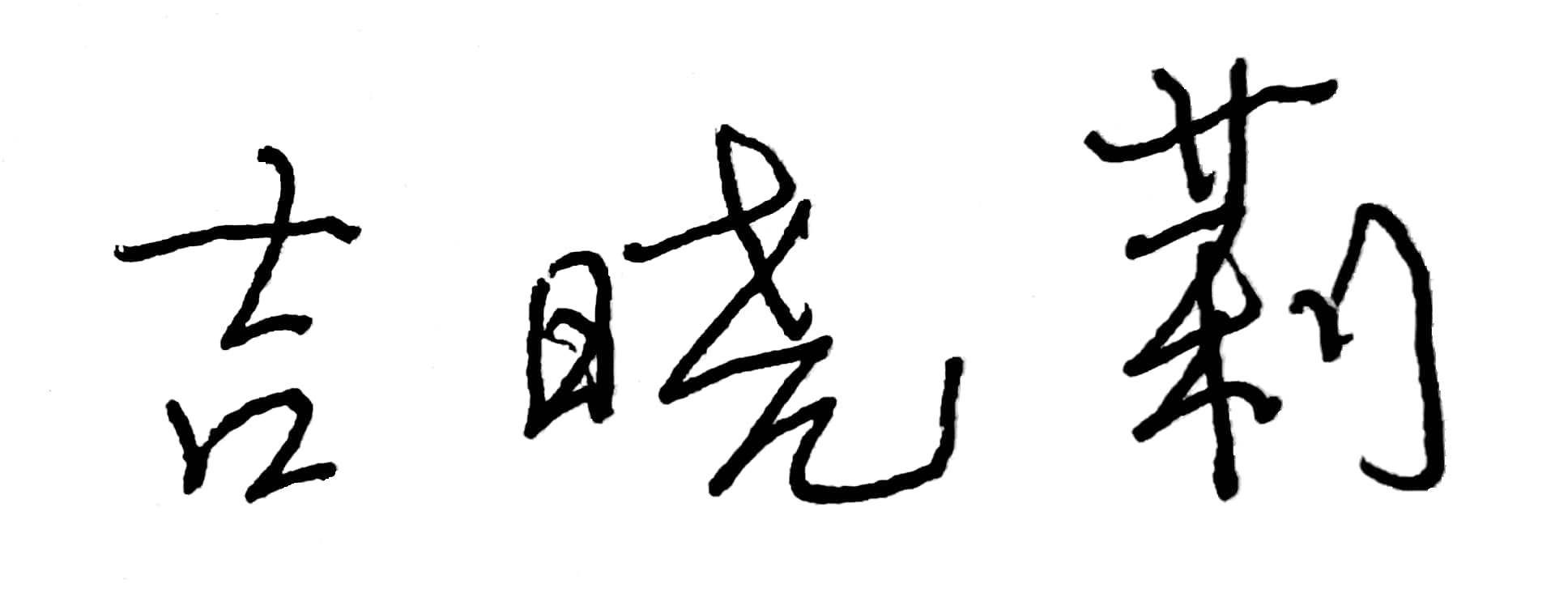
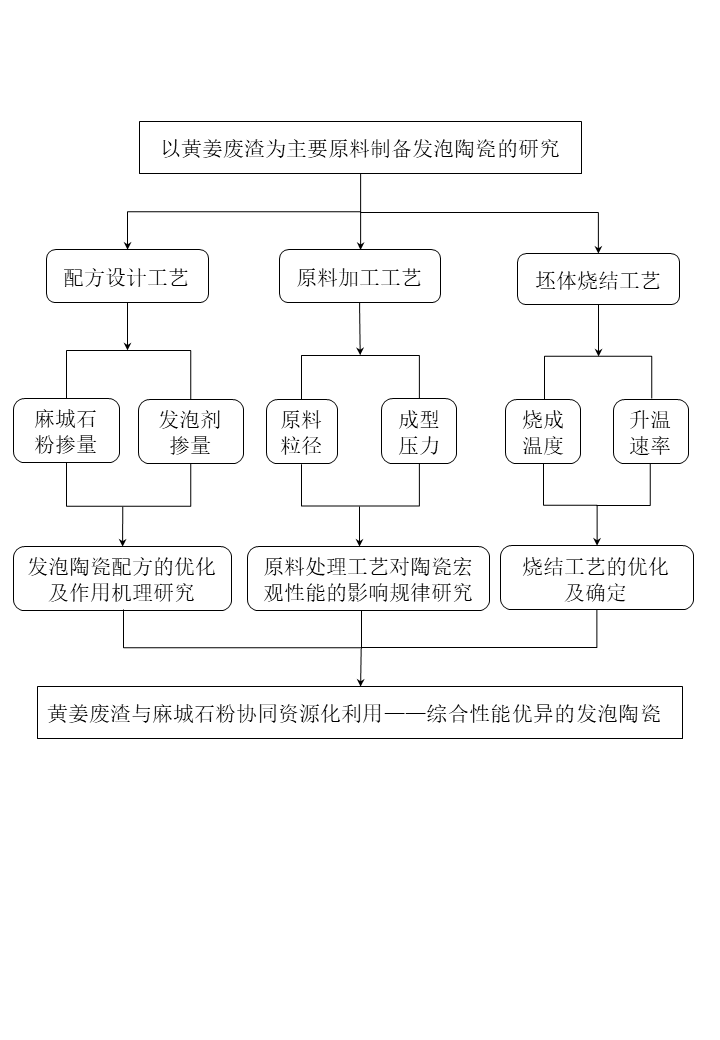
您可能感兴趣的文章
- 蒸养纤维掺杂高铁低钙水泥混凝土的抗海水冲磨性能研究文献综述
- TIPA对水泥-锂渣体系力学性能和水化性能的影响外文翻译资料
- TEA对锂渣-水泥复合粘结剂流变性能及水化性能的影响外文翻译资料
- 硫酸铝无碱液体促进剂的效果研究烷醇胺对硅酸盐水泥水化过程的影响外文翻译资料
- 新型C-A-S-H/PCE纳米复合材料:设计表征和对水泥水化的影响外文翻译资料
- 工业中碳捕获技术以及以水泥回转窑作为核心的吸附再生器外文翻译资料
- Ca/Al层状双氢氧化物的制备及其结构对水泥早期强度的影响外文翻译资料
- 蒸汽养护后混凝土养护方法对混凝土机械强度和透气性的影响外文翻译资料
- 含白云石或石灰石的偏高岭土水泥在相组成与抗压强度的异同外文翻译资料
- 与硅质铁尾矿结合的混凝土的耐久性外文翻译资料




